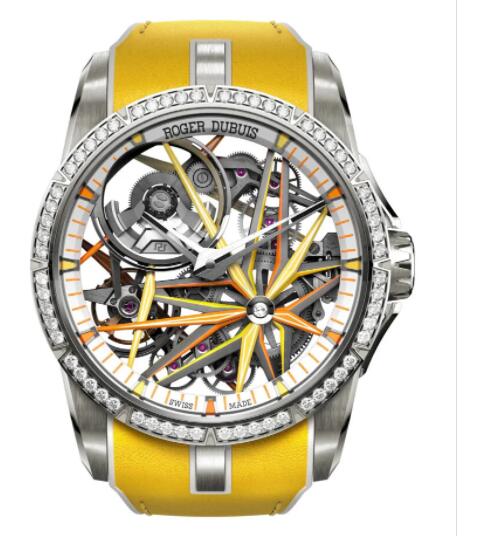
|
|
Here's a fact that might surprise you (hell, it surprised me) - as of right now, I own more Carreras (modern and vintage) than I do Daytonas (modern and vintage). So when I saw this particular story come across the line as one we'd be working on, I thought to myself, "wait a minute, I LOVE the Carrera, and I want to write that! " And so here we are. Me just talking about watches I love, like back in the day. |

 WWE Forum
WWE Forum Thema drucken
Thema drucken 27.02.2023 09:17 (zuletzt bearbeitet: 27.02.2023 09:17)
27.02.2023 09:17 (zuletzt bearbeitet: 27.02.2023 09:17)



 Antworten
Antworten